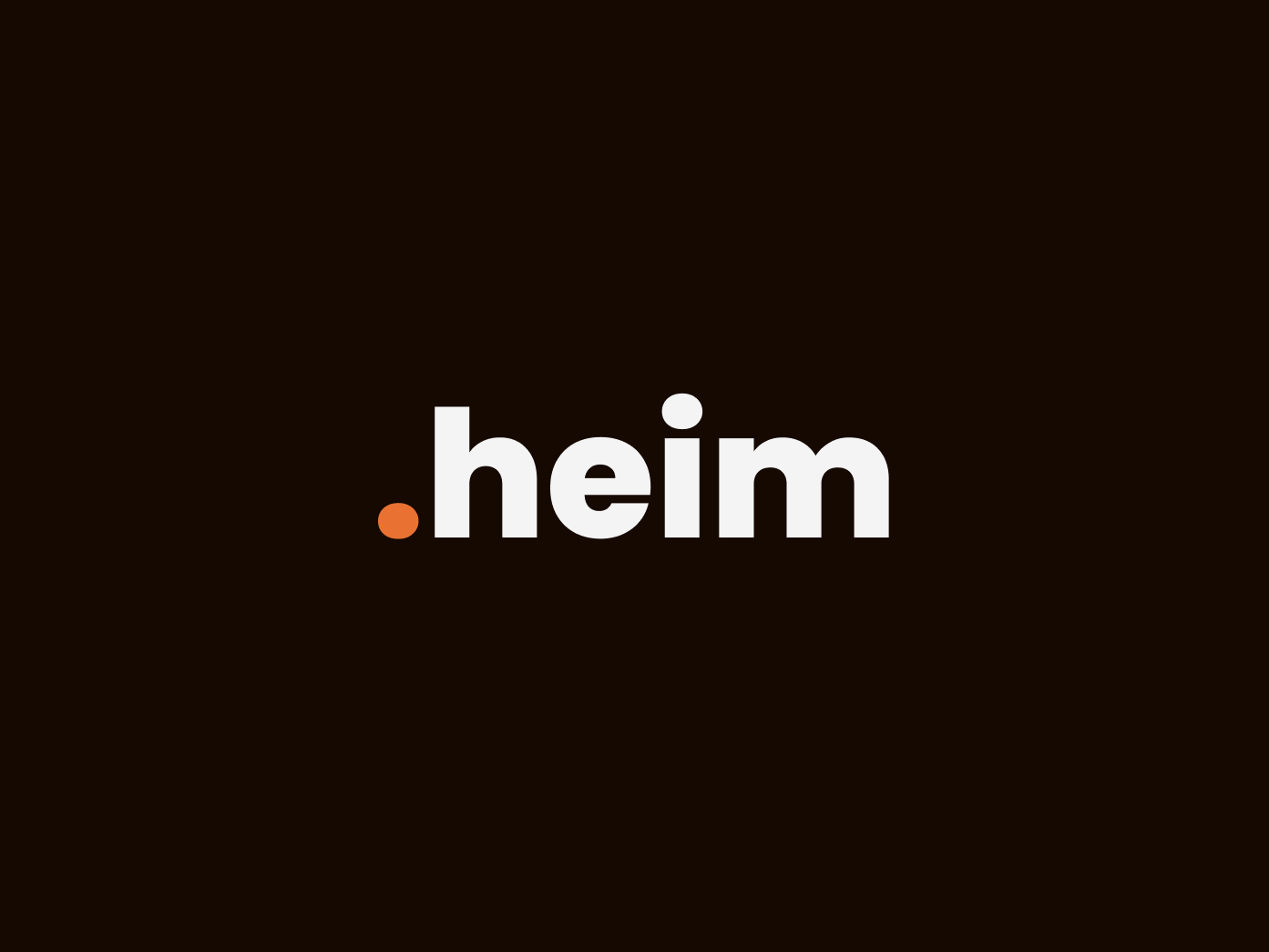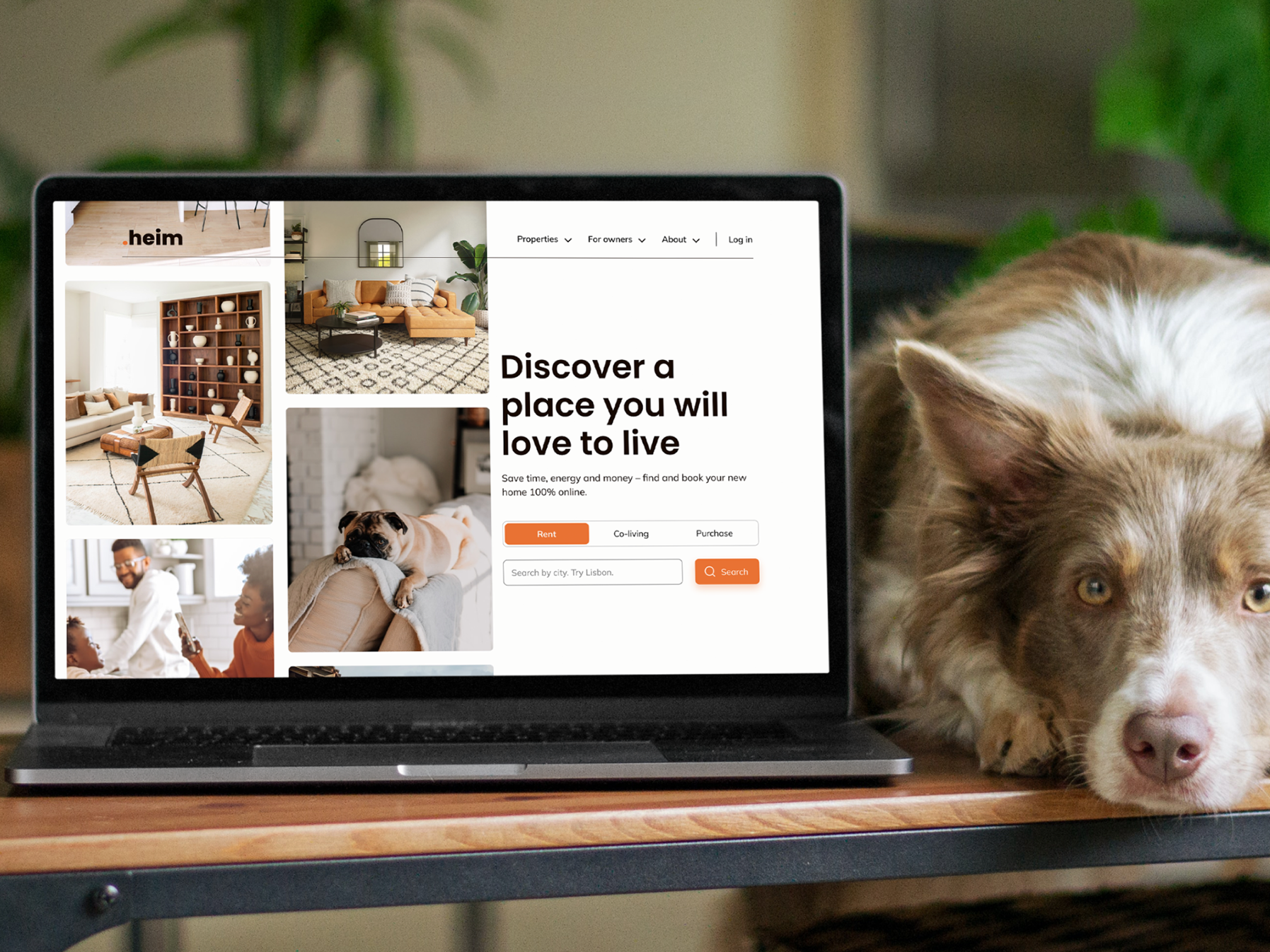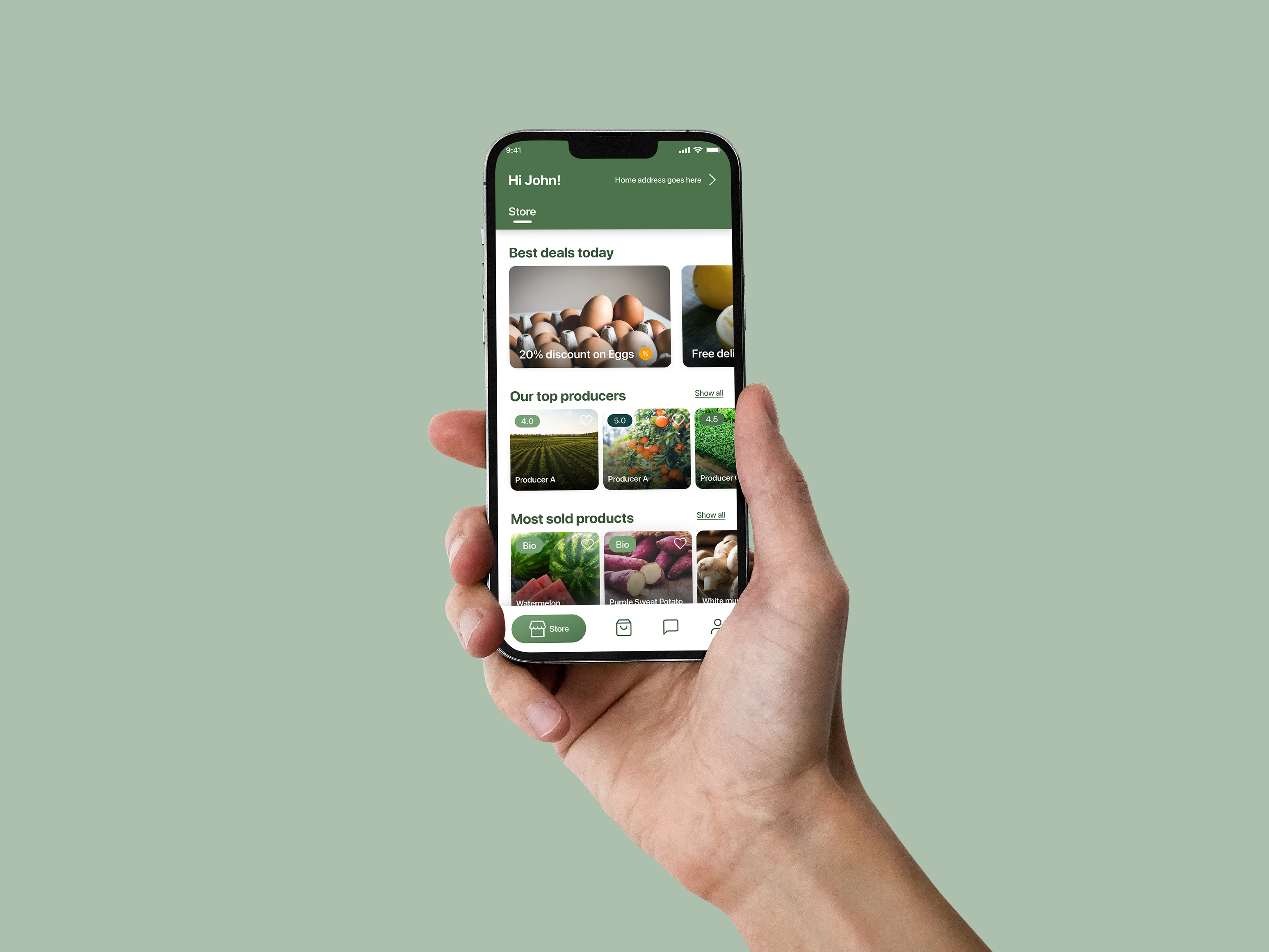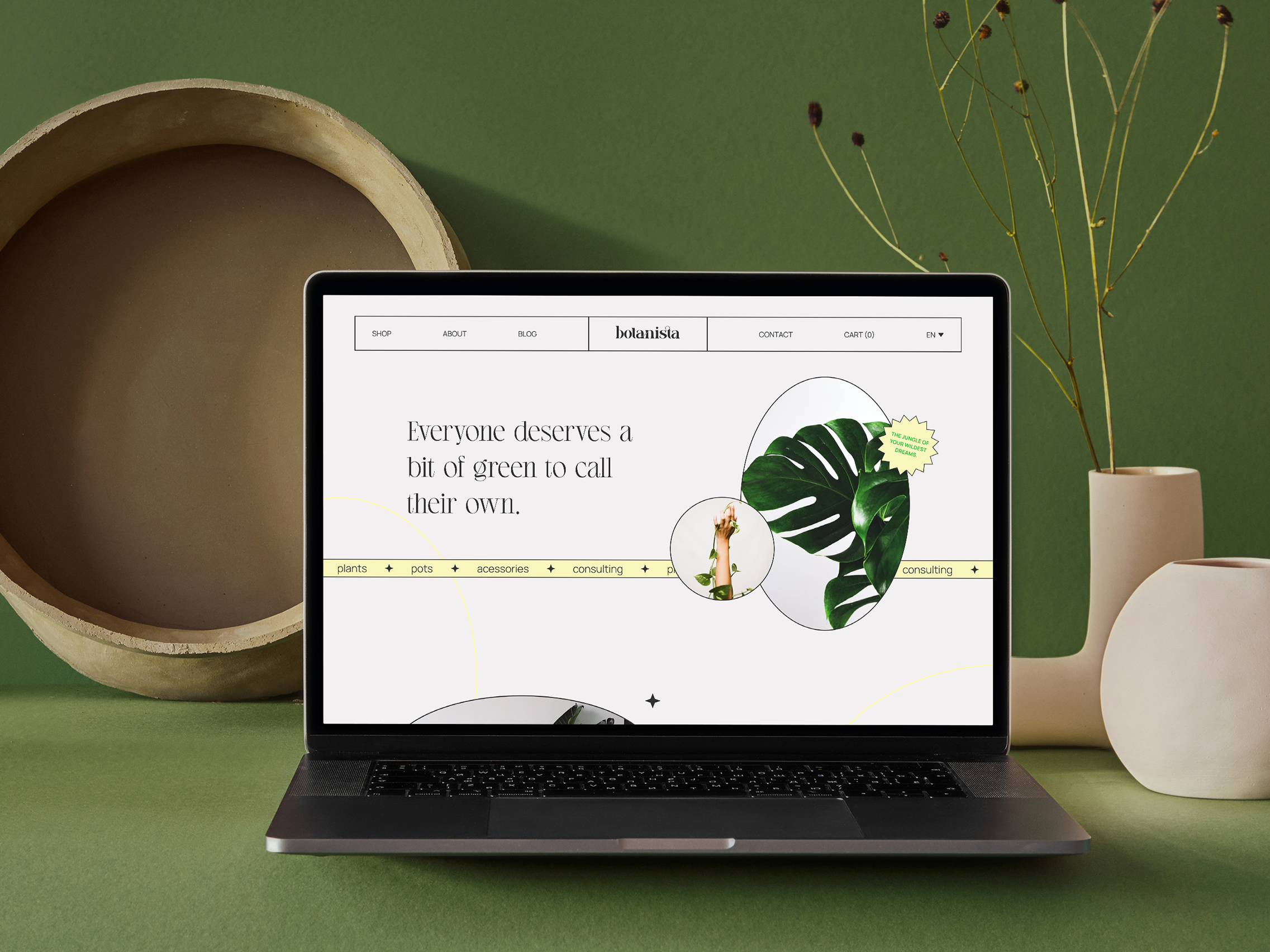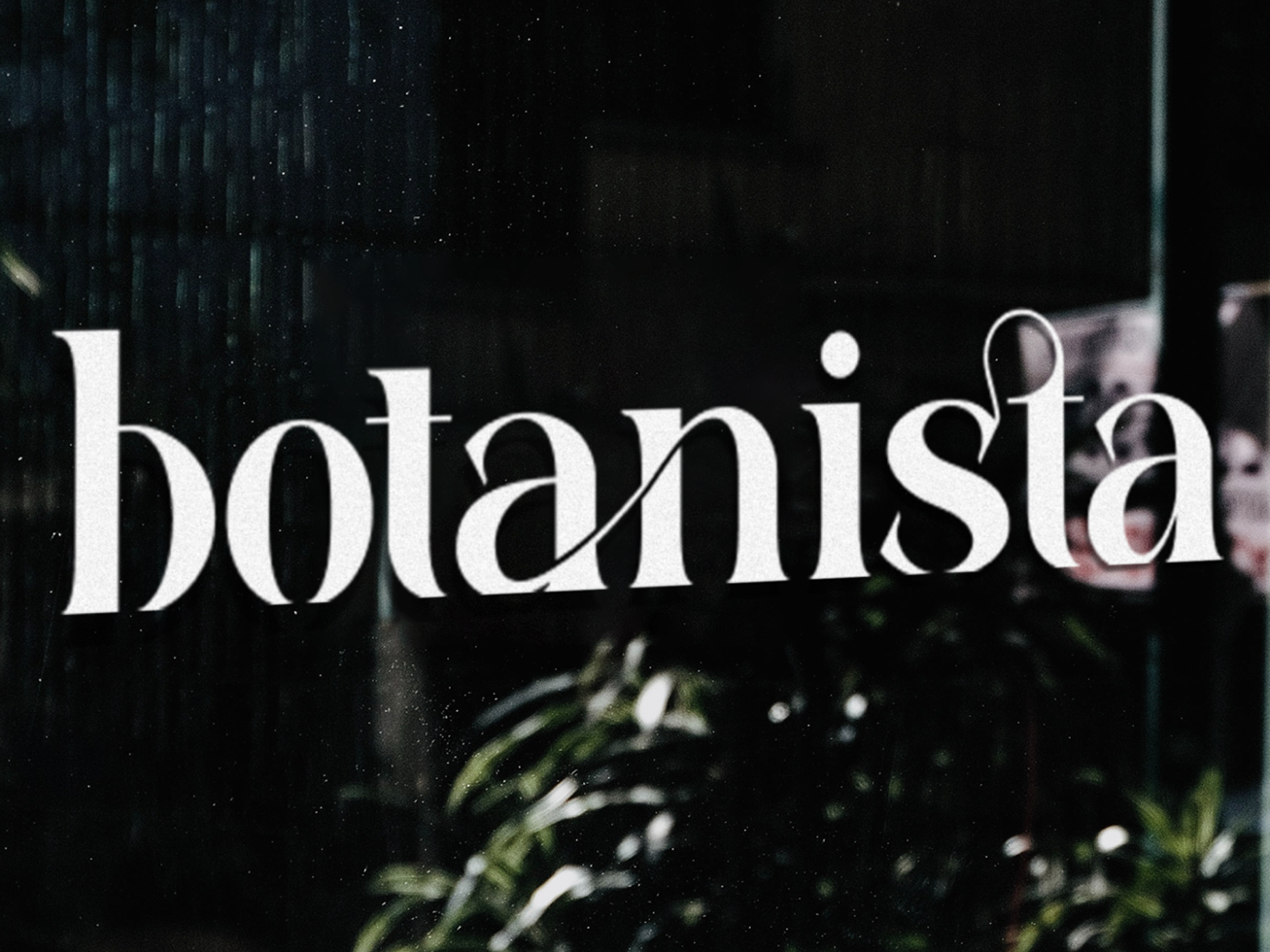Roles
I assumed the following roles in designing this app:
• User Experience (UX) Designer
• User Interface (UI) Designer
• Visual Designer
Project Specifications
Duration: 6 months
Tools:
• Figma
• Miro
• Photoshop
• Illustrator
• Miro
• Photoshop
• Illustrator
Deliverables
Interaction Design:
• High-fidelity interactive prototypes for key tasks on iOS
UX/UI Design:
• Competitive analysis
• User surveys and one-on-one interviews
• Personas
• User journeys and task flows
• Site map
• Low-fidelity wireframes
• High-fidelity mockups and prototypes
• Design system and UI kit
• Usability tests and findings
• User surveys and one-on-one interviews
• Personas
• User journeys and task flows
• Site map
• Low-fidelity wireframes
• High-fidelity mockups and prototypes
• Design system and UI kit
• Usability tests and findings
Problems
• Improve the experience of users who exercise using
fitness Apps and YouTube channels.
• Gyms have been losing memberships due to
alternative forms of exercise.
• Buying gym pieces of equipment can be expensive
and take up space at home.
Proposed solutions
• A gym equipment rental service, based on geo-location and advanced filtering options that are focused on the type of equipment, size, price, and level of difficulty.
• Gym owners and managers can vary their income by renting their equipment and keeping in touch with new potential memberships in their business area.
• Gym owners and managers can vary their income by renting their equipment and keeping in touch with new potential memberships in their business area.
Benefits:
For Users:
Convenient access to a variety of high-quality gym equipment.
Flexibility to work out at home or outdoors according to their preferences.
Support to enhance the effectiveness of existing training programs.
Flexibility to work out at home or outdoors according to their preferences.
Support to enhance the effectiveness of existing training programs.
For Gyms:
A new source of revenue during gym downtime periods.
An opportunity to promote their equipment and services to a broader user base. Strengthening the relationship with the local fitness community.
An opportunity to promote their equipment and services to a broader user base. Strengthening the relationship with the local fitness community.
Objective:
The main objective of Quiper is to provide an intuitive platform that allows users to rent fitness equipment directly from local gyms and fitness centres. This equipment is designed to meet the needs of different types of users:
Online fitness enthusiasts: Users who follow online workout programmes such as apps or YouTube channels can rent specific equipment to enhance their workout at home.
Personal training clients: Those who have a personal trainer but prefer to train at home or outdoors can rent equipment that suits their needs and personal training plan.
Key Features:
• Equipment Catalog: The application offers a comprehensive catalogue of gym equipment available for rent, including free weights, treadmills, stationary bikes, ellipticals, and more.
• Simple Reservations: Users can easily browse and book available equipment at local gyms, choosing convenient dates and times.
• Online Payments: The platform supports secure online payments, allowing users to complete their bookings with ease.
• Reviews and Feedback: Users can leave reviews and feedback about the rented equipment, assisting others in choosing the best equipment for their needs.
Research
My research first centred around the competition space to understand how other products/companies are addressing similar issues. More than 100 user survey responses would help quantify what customers are paying for, and what they’re hoping to resolve. And lastly, one-on-one interviews would help me understand users’ journeys and specific issues the app would need to address.
Findings
• No direct competition for gym equipment rental in the sharing economy.
• Small gyms and workout studios are already renting their equipment to members. • They feel that would be important to have insurance and a better understanding of this new service.
• Users are willing to pay for this service and are more interested in a small type of equipment for outdoor training with friends or a personal trainer.
• Finding the right equipment to rent for certain types of exercise can be a challenge.
User-Centred Design
Creating personas helped bring some clarity to the user's interests. As research and design proceeded, I focused primarily on two personas because they represented heavy emphasis on two key functions: reliance on the app to browse, search, and filter for gym equipment; and reliance on the app to rent equipment to users.
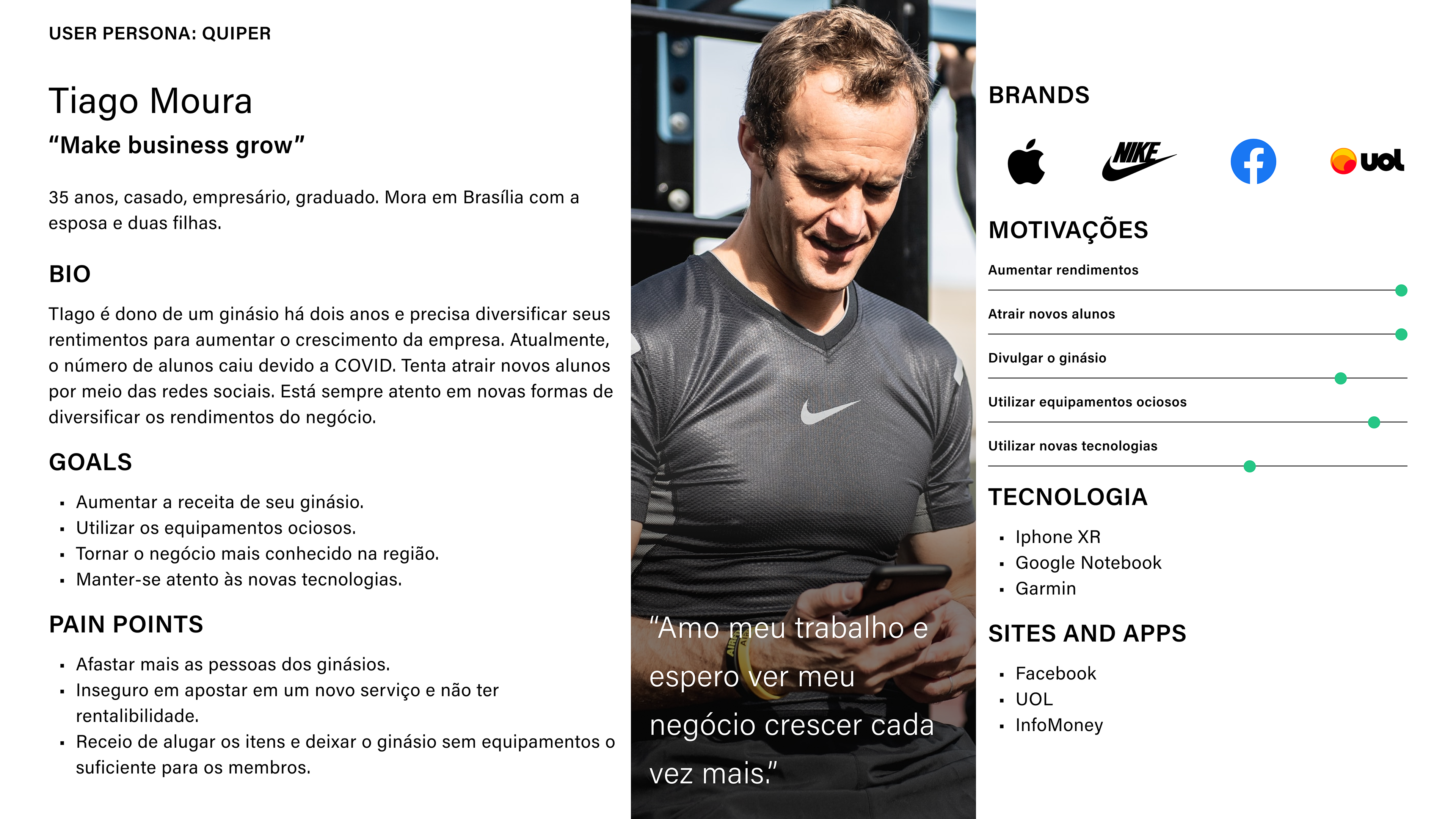
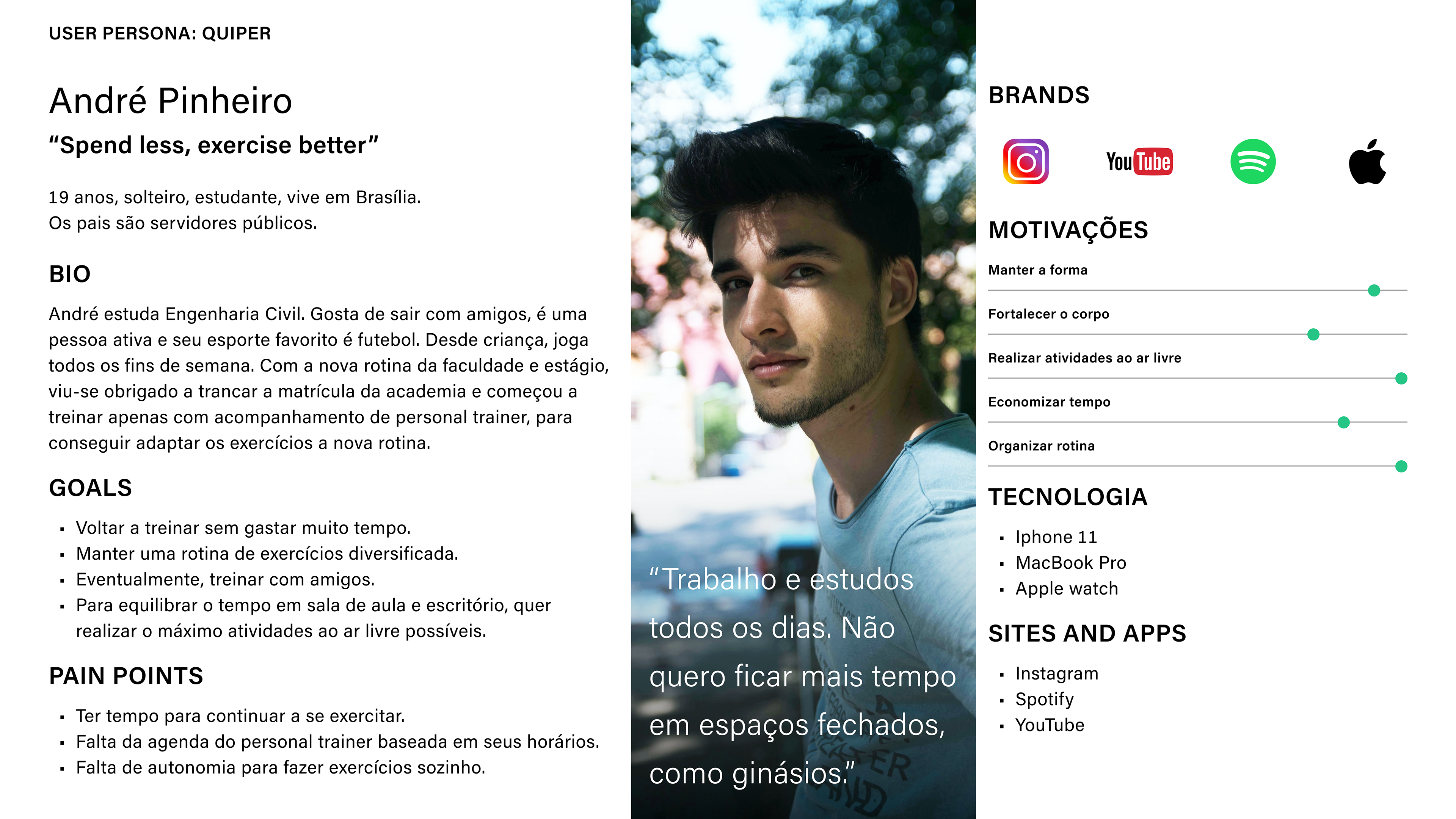
User journey map
By creating and exploring the journey maps of two personas and their typical tasks, I uncovered key emotional/procedural moments that Quiper needed to address. The anxiety someone might feel, for example, if they’re afraid they’re paying for something they don’t need.
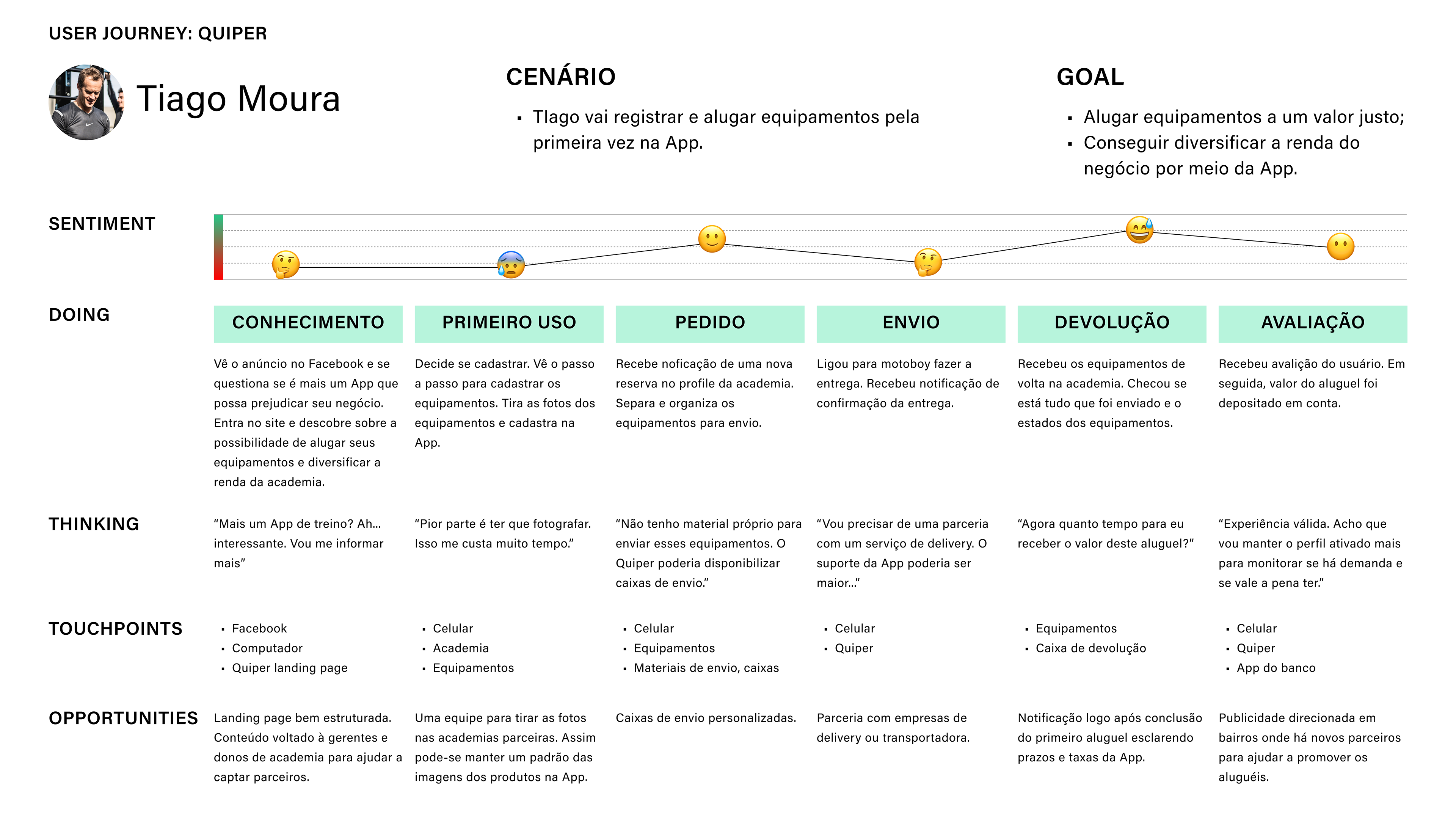
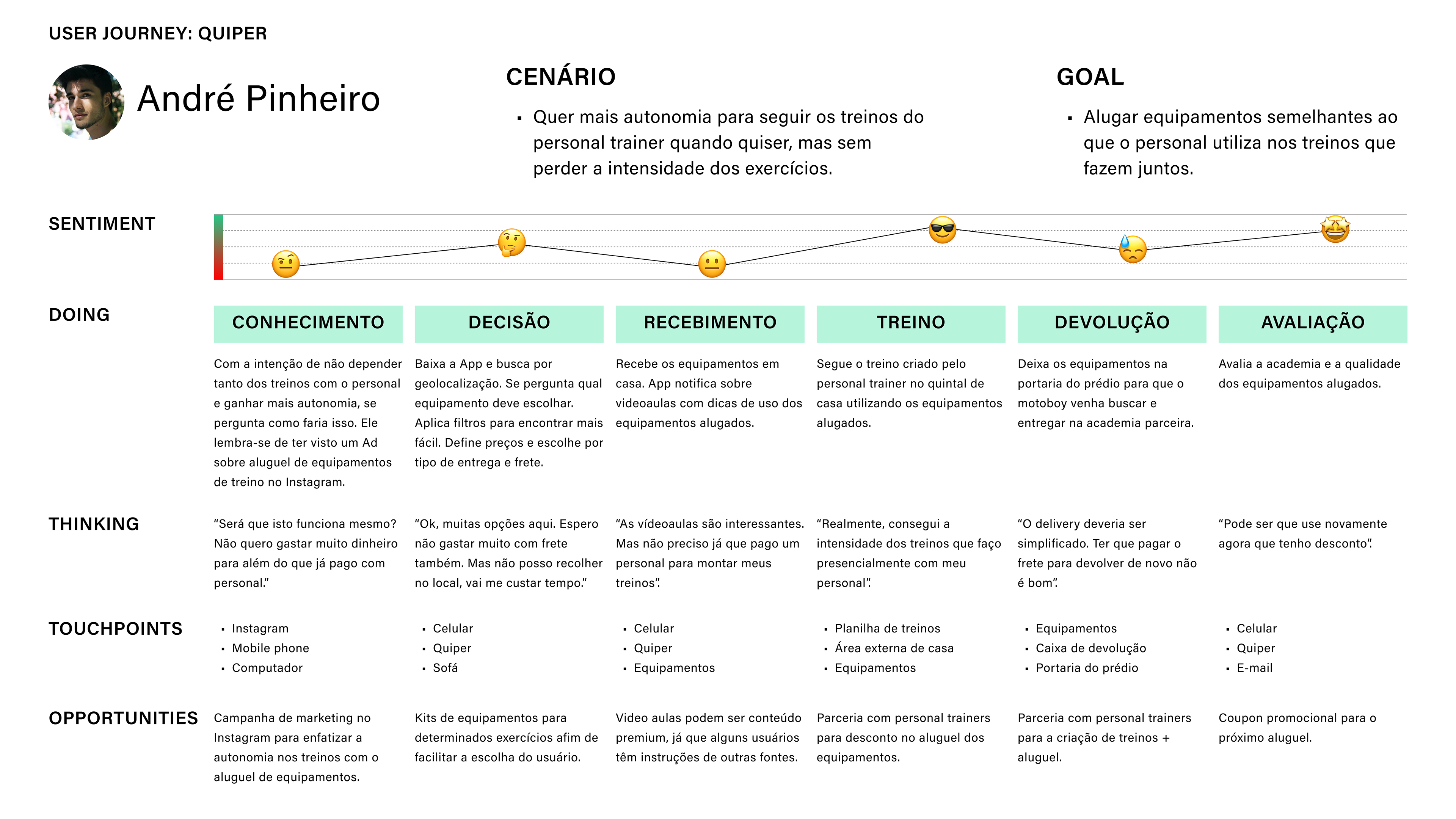
Creating Structure
I mapped out potential user flows to get the experience right. The site map organisation depicts the two key task streams that the high-fidelity prototype would focus on 1. Onboarding and registration to gym partners, 2. The search for equipment to rent. The framework the site map provides, along with the user insight collected thus far, would guide design decisions moving forward.
Understanding what users find intuitive, and why
Low-fidelity prototype testing allowed me to better understand how users expected to complete the task I was focusing on. By studying their journey in the prototype — and more importantly, having a dialogue with them about what they expected and when — I knew which adjustments needed to be made to lay the foundation for a more fully realised high-fidelity prototype.
Establishing visual Design
As wireframes gained fidelity, I established a design system for Quiper, including visual styles and UI components. This system increased efficiency during high-fidelity design iteration and helped maintain consistency across the platform.
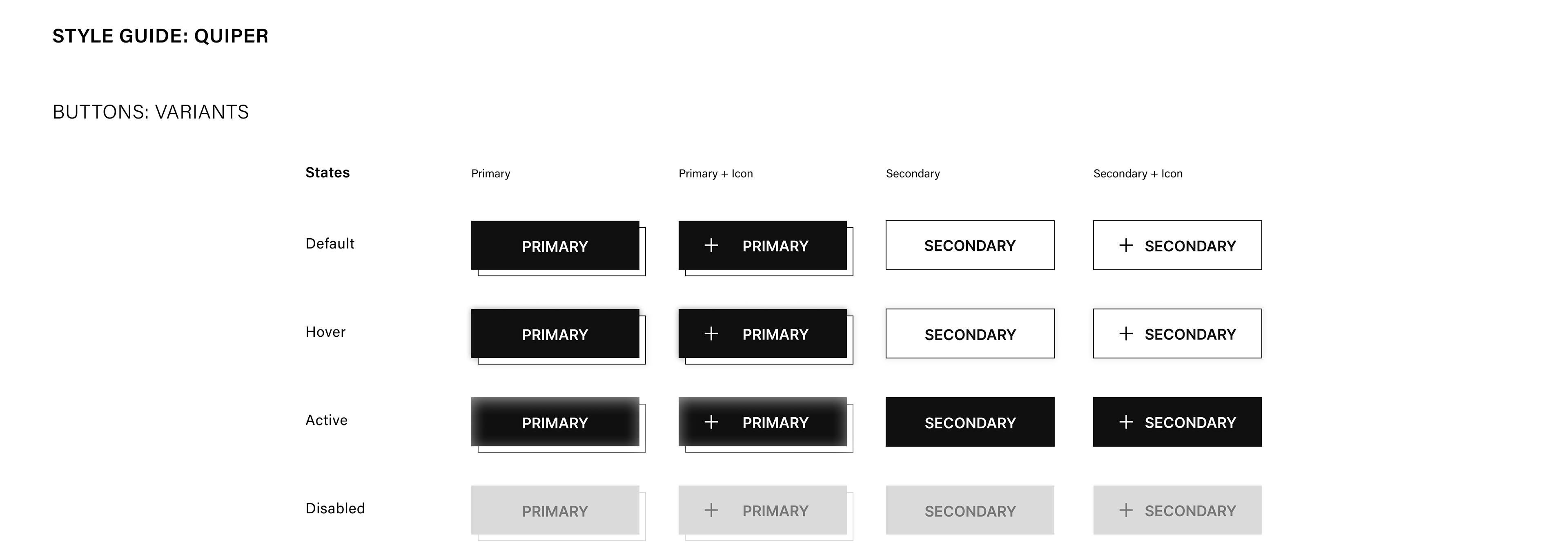
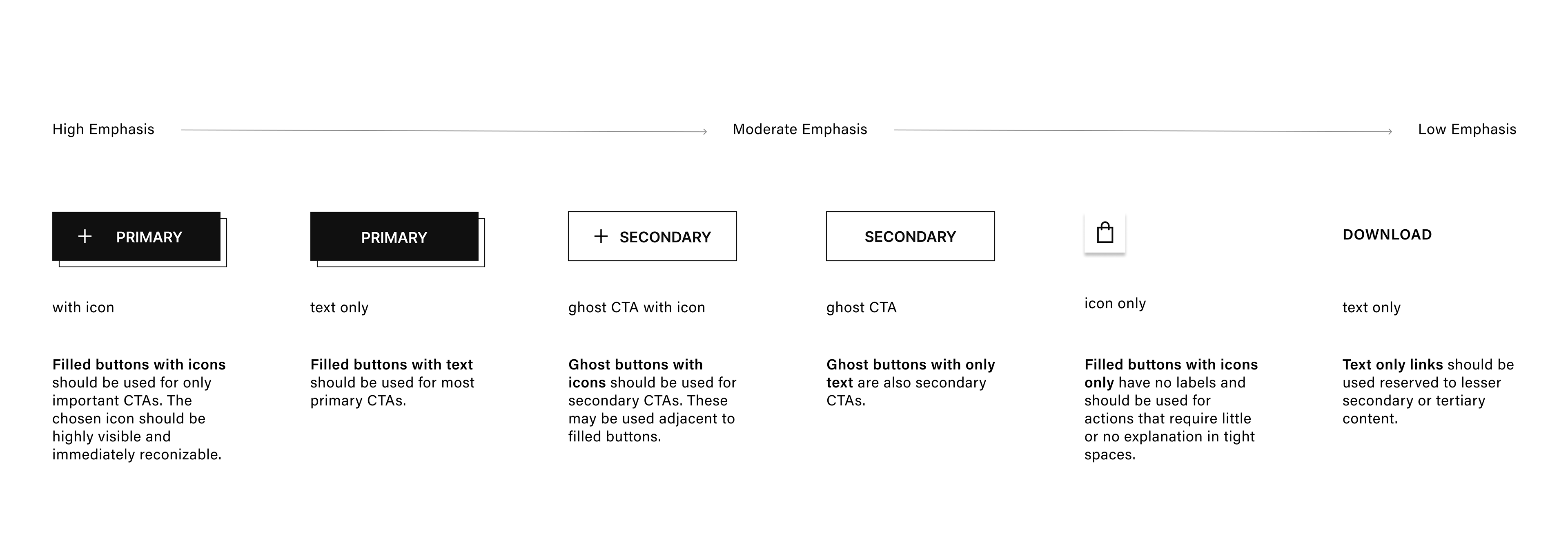
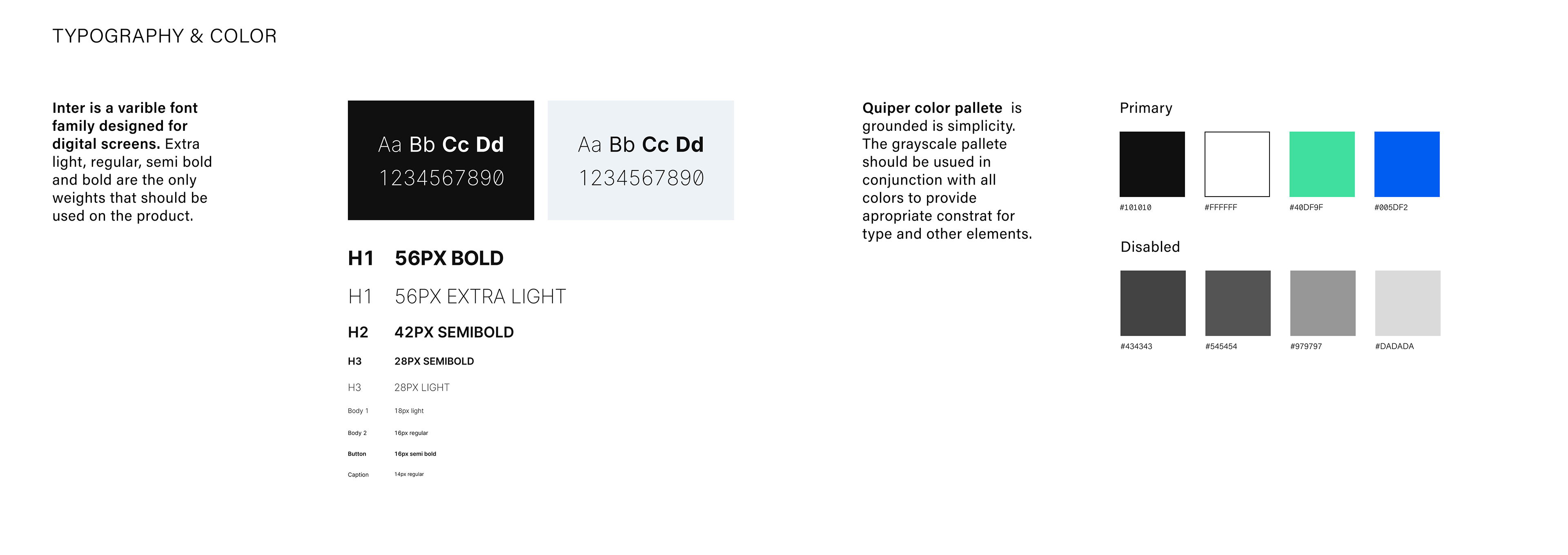
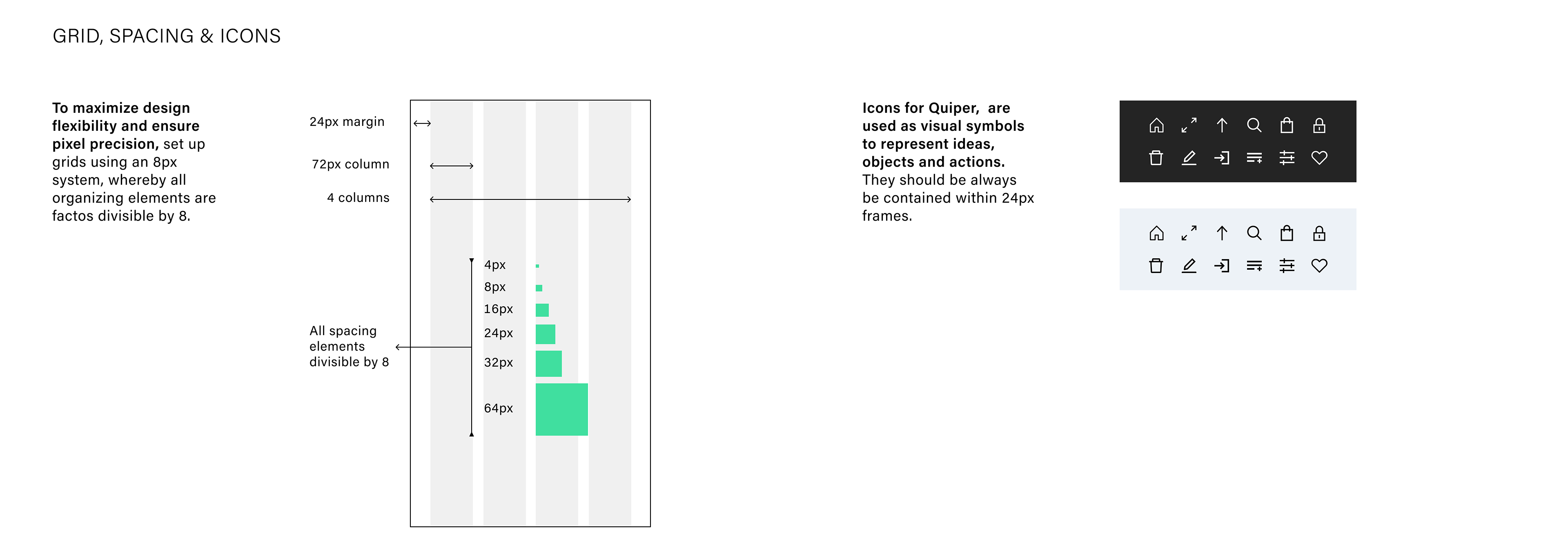
Final interface
The final visual and interactive design of Quiper for desktop and mobile. It represents the culmination of the user experience (UX) and user interface (UI) design process, incorporating various design elements, principles, and user-centred considerations.
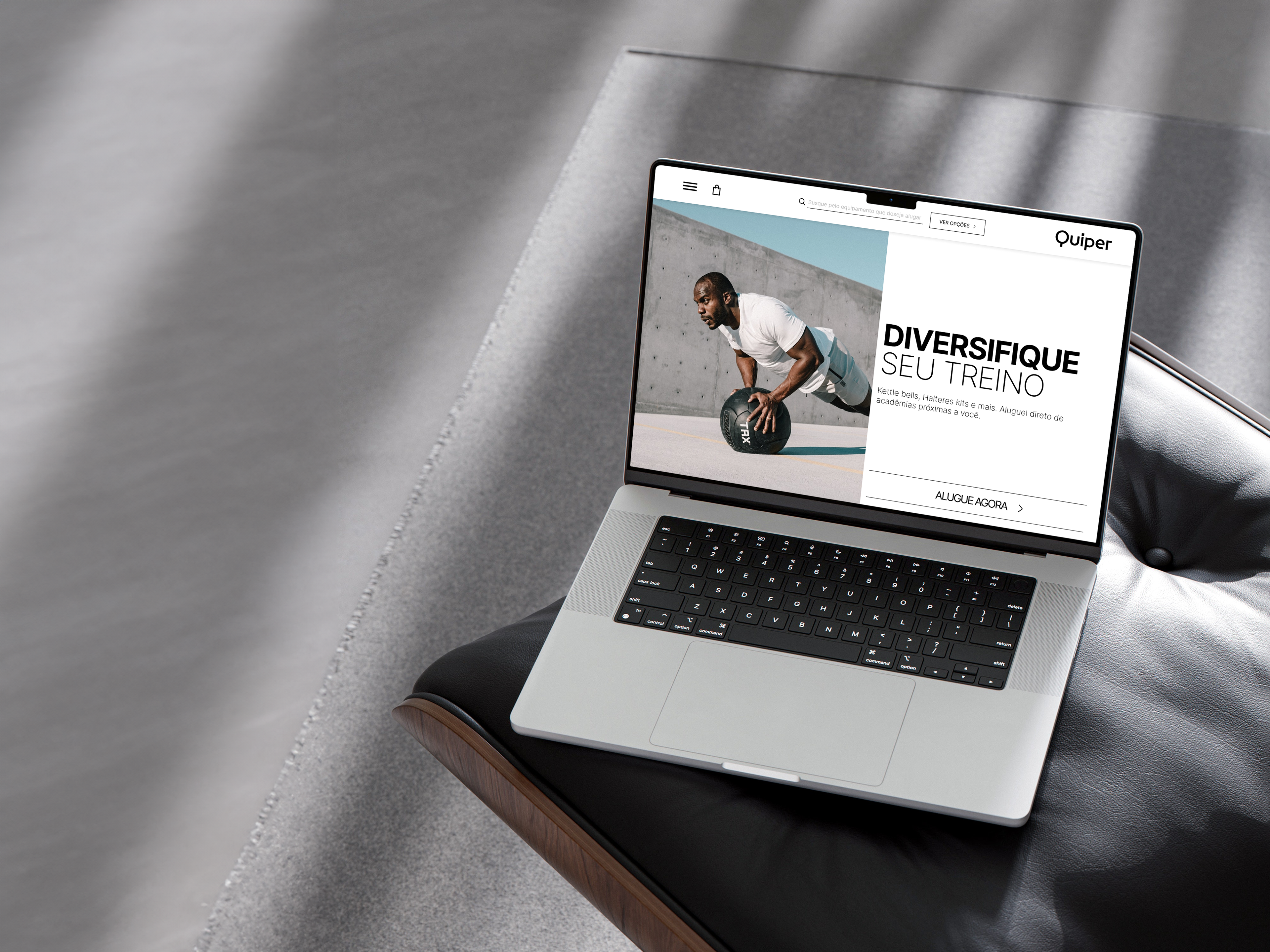

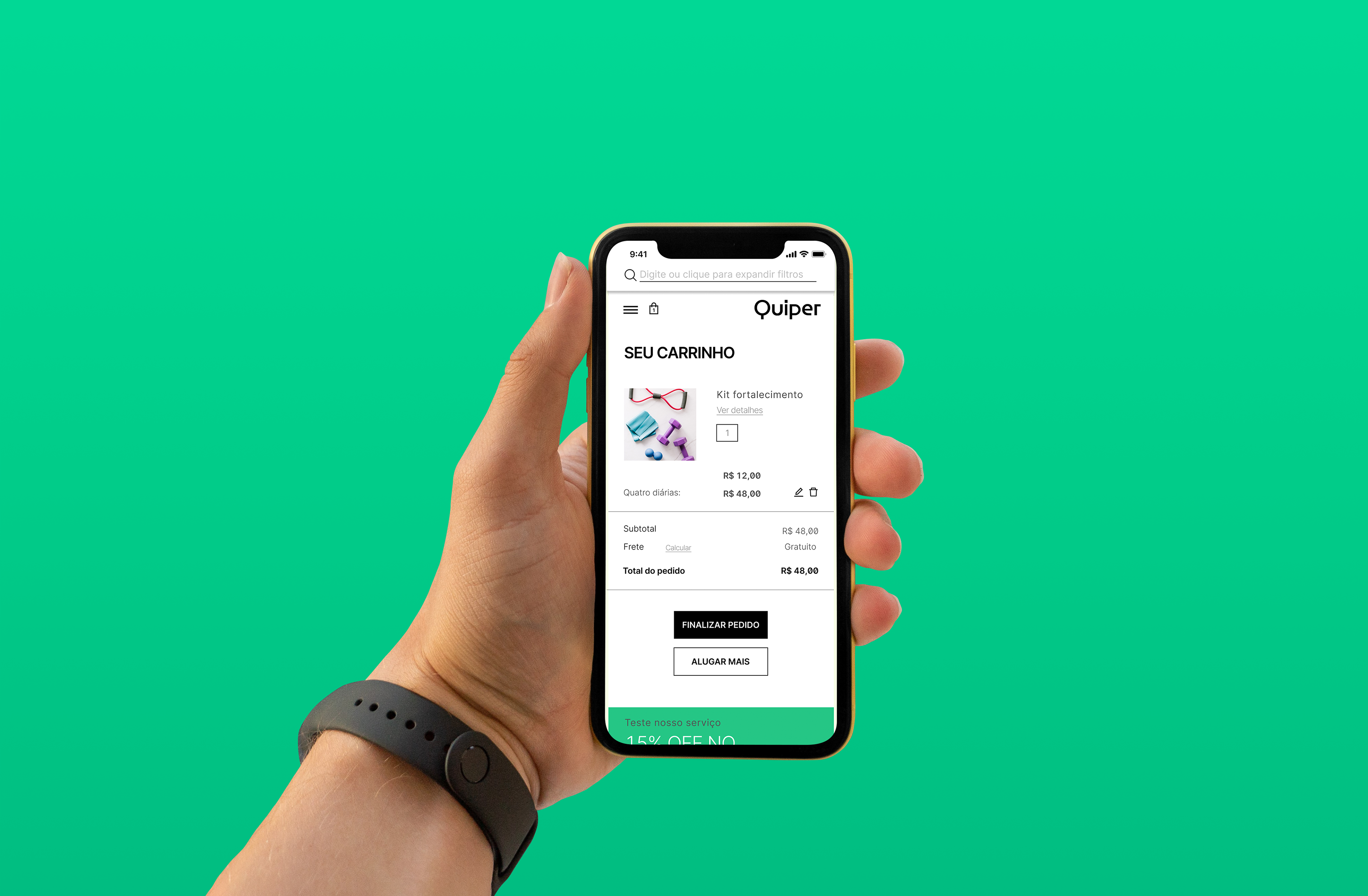
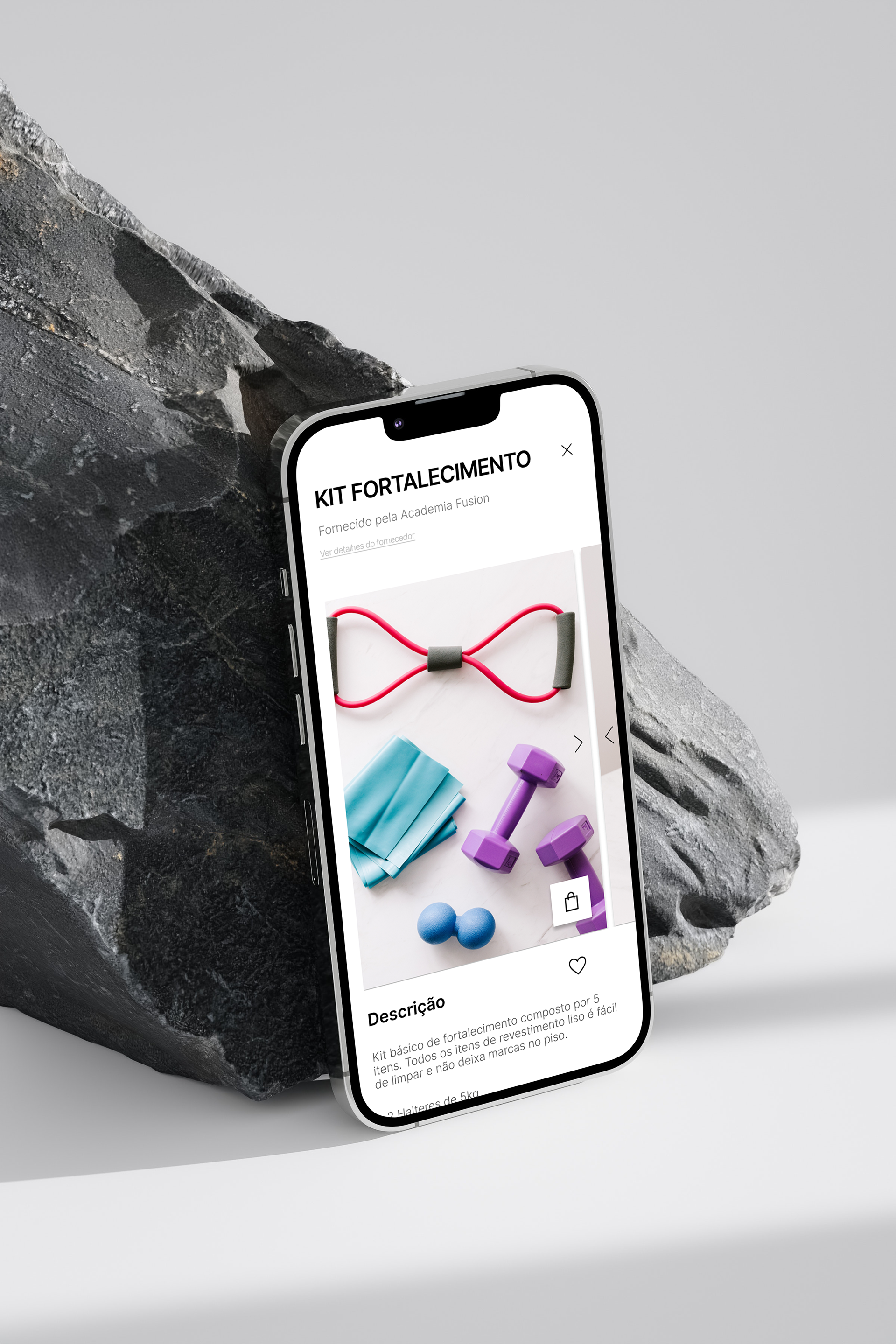
Takeaways
The fast pace of this project challenged me to work quickly, stay organised and make decisions about which parts of the process were most important. In the end, I am proud of the result as a concept and vision, but more steps would be needed to develop Quiper further.
This application relies on extensive integrations with other services, such as a delivery service ready to transport certain equipment. For this reason, the main limitation of this project is technical feasibility. This aspect would have to be addressed at an early stage. If I had more time, I would also test more, as this product was not yet on the market. This could have led to significant changes.
